CECALCcom OneWay Floor Slab Design Concrete Floor Design This design guide is intended to provide guidance for the safe design and economical construction of suspended concrete floor slabs This design guide and the corresponding calculations are based on the requirements of ACI 318 and strength design method where the capacity of the360, Guide to Design of SlabsonGround describes these floors as "slabs reinforced for crackwidth control" and categorizes them as Type 2a slabs The purpose of the steel fibers is to limit the width of any cracks that occur between the joints and Thickness of the slab is decided based on span to depth ratio specified in IS Minimum reinforcement is 012% for HYSD bars and 015% for mild steel bars The diameter of bar generally used in slabs are 6 mm, 8 mm, 10 mm, 12mm and 16mm The maximum diameter of bar used in slab should not exceed 1/8 of the total thickness of slab Maximum spacing of
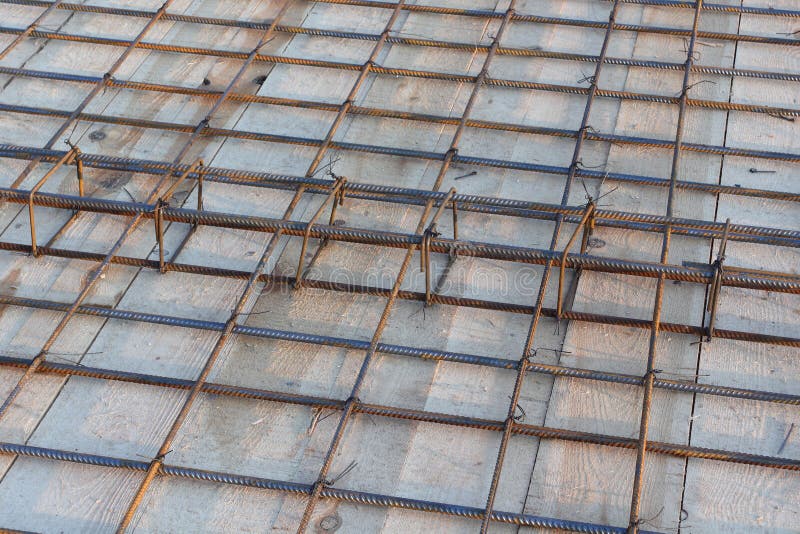
3 586 Slab Reinforcement Photos Free Royalty Free Stock Photos From Dreamstime
Suspended slab reinforcement design
Suspended slab reinforcement design-Span/depth ratios for reinforced concrete slab design to BS8110 The following table presents limits on slab span/effective depth ratio which can be used to work out the correct thickness for slabs directly at the start of design, without any need for later adjustmentsSlab thicknesses of 85 to 10 in (0 to 250 mm)Twoway beamsupported slabs have beams spanning between columns in both directions that act with the slab to support gravity loads Openings in New Slabs For the purposes of design, twoway slab systems are divided into column and middle strips in two perpendicular directionsThe
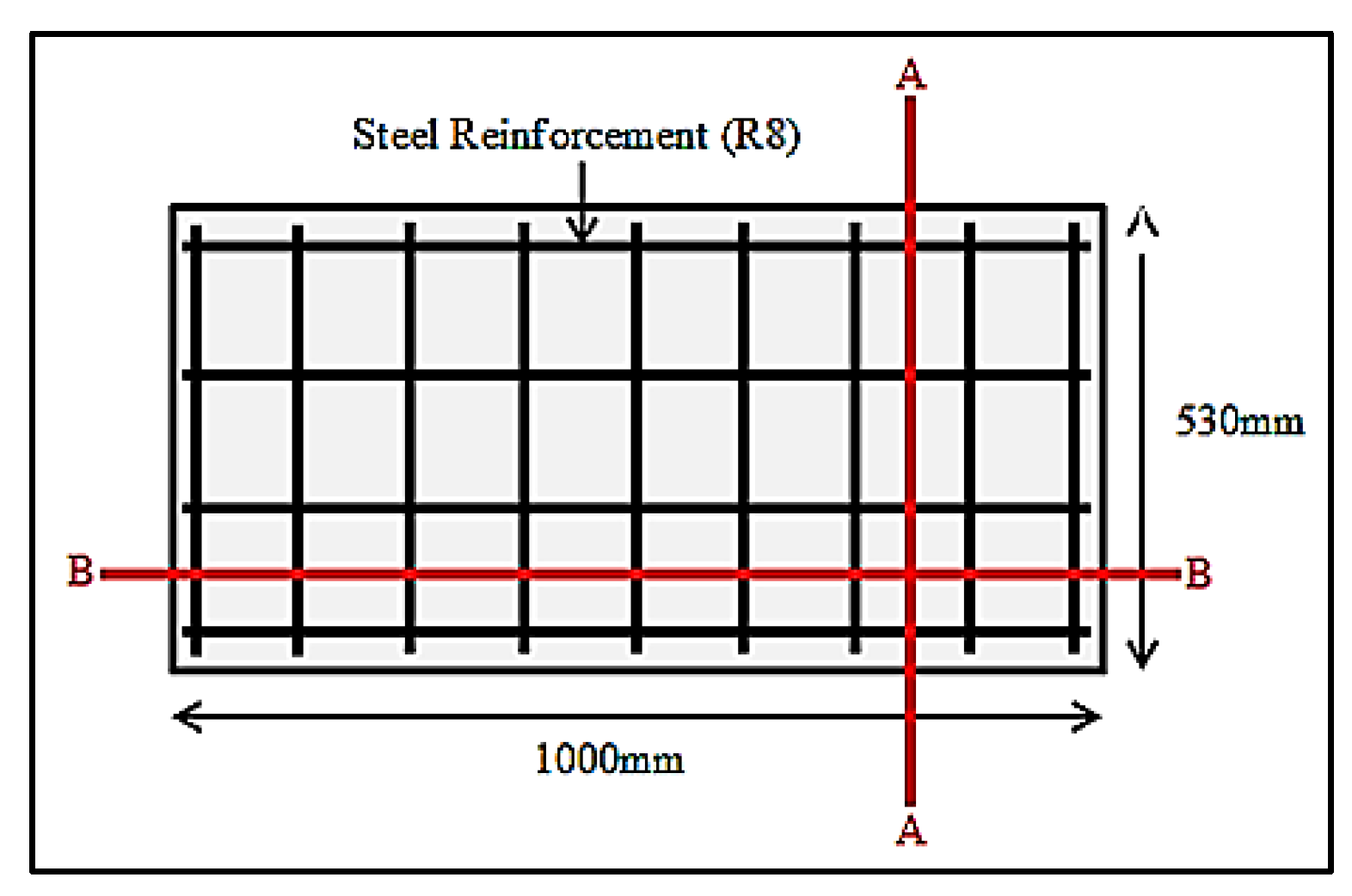



Fibers Free Full Text Performance Of Reinforced Concrete Slab With Opening Strengthened Using Cfrp
Suspended slabs are formed and poured in situ, with either removable formwork or 'lost' nonload bearing formwork, or permanent formwork which forms part of the reinforcement At SNG Engineers we have several years of experience in designing and detailing several different types of concrete frame system 1SLAB DESIGN Reading Assignment Chapter 9 of Text and, Chapter 13 of ACI Introduction ACI318 Code provides two design procedures for slab systems 1361 Direct Design Method (DDM) For slab systems with or without beams loaded only by gravity loads and having a fairly regular layout meeting the following conditionsReinforced slab Concrete slab rest ing on grade cont aining steel reinforcement which consists of either a welded wire fabric or deformed reinforcing steel bars 14 Basic considerations Th e floor slab design procedure presented The maximum allowable stationary live load is lim
A suspended concrete slab is a rectangular, flat and reinforced concrete structure It comes in different shapes and sizes like any other concrete slab but the depth is lesser than others This concrete slab is mainly used in floors, roofs, bridge decks, etc DesignSlabsonground, ACI 223R for shrinkagecompensating concrete floors, and ACI 4211R and 4212R for suspended floors 52—Slabsonground 521 Required design elements—Following are the minimum items that should be addressed in the construction documents prepared by the designer (ACI 360R) a) Slabonground design criteria Provide cover blocks for slab and beams Fix the beam reinforcements Anchored into the columns Check reinforcement size and number as per design schedule Bottom reinforcement to be lapped within 1/3 beam span from supports only Check clear cover at beam bottom as well as the sides Top reinforcement Lap within midspan only (Lap at positive
Reinforcement calculated for the panel without openings, in both directions, must be maintained;Welcome back to Green House Construction!This channel shall be replaced Nha Xanh E&C Channel instead Please follows me "SUBSCRIBE" this channelTWO WAY SLAB I'm designing a suspended concrete slab over a concrete basement walls for a house garage 24'X24' plan dimension Ideally I would like to avoid beams, but I know locally (Missouri) it has been done with one or two steel W shape beams to support the slab




First Floor Concrete Slabs What You Need To Know Eco Built
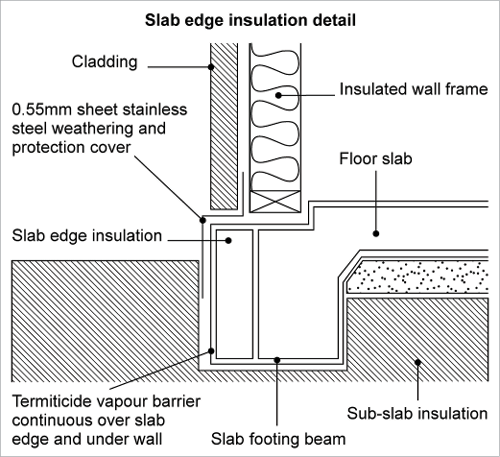



Concrete Slab Floors Yourhome
TwoWay Concrete Floor Slab with Beams Design and Detailing Design the slab system shown in Figure 1 for an intermediate floor where the story height = 12 ft, column crosssectional dimensions = 18 in x 18 in, edge beam dimensions = 14 in x 27 in, interior beam dimensions = 14 in x in, and unfactored live load = 100 psf , 0235 PM Re Suspended slab over porch The length of each porch is 50 ft, width (actual span across foundation walls) is 6'7" Thickness will be 4" Reinforcement will be wire In the calculations I've done, I'm assuming 50 lb/ft^2 for the slab dry weight (based on aSlab Reinforcement Design for Milton Keynes Theatre The complex geometry and awkward shaped openings of the 300mm thick suspended ground floor slab provided an ideal oppportunity for using the automatic meshing facilty With this feature, triangular, quadrilateral or irregular meshing can be used all the engineer need specify is the



One Way




Design Of One Way Slabs As Per Is 456 Worked Step By Step Limit State Design Mumbai University Youtube
1 It is the compression element of the noncomposite joist during construction 2 It is a "chair" that supports the welded wire mesh or the reinforcement which develops negative moment capacity in the concrete slab over the joist 3CE 433, Reinforced Concrete Design Summer 13 Example Slab Design 1 / 2 Material Properties Geometry compressive strength of concrete f'c 5,000 psi span length of slab (beam spacing L 18 ft center to center coefficient for depth of stress block 1 080 width of supporting beam bsupport 14 in yield strength of reinforcement fy 60,000 psi clear span Ln 16 ft = L bsupport/12Drawings showing the size and location of the reinforcement in a concrete structure ¾Detailing involves thecommunication of the engineer's design to the contractors who build the structure It involves the translation of a good structural design from the computer or calculation pad into the



How Can One Provide A Bent Bar In Slab Reinforcement Quora
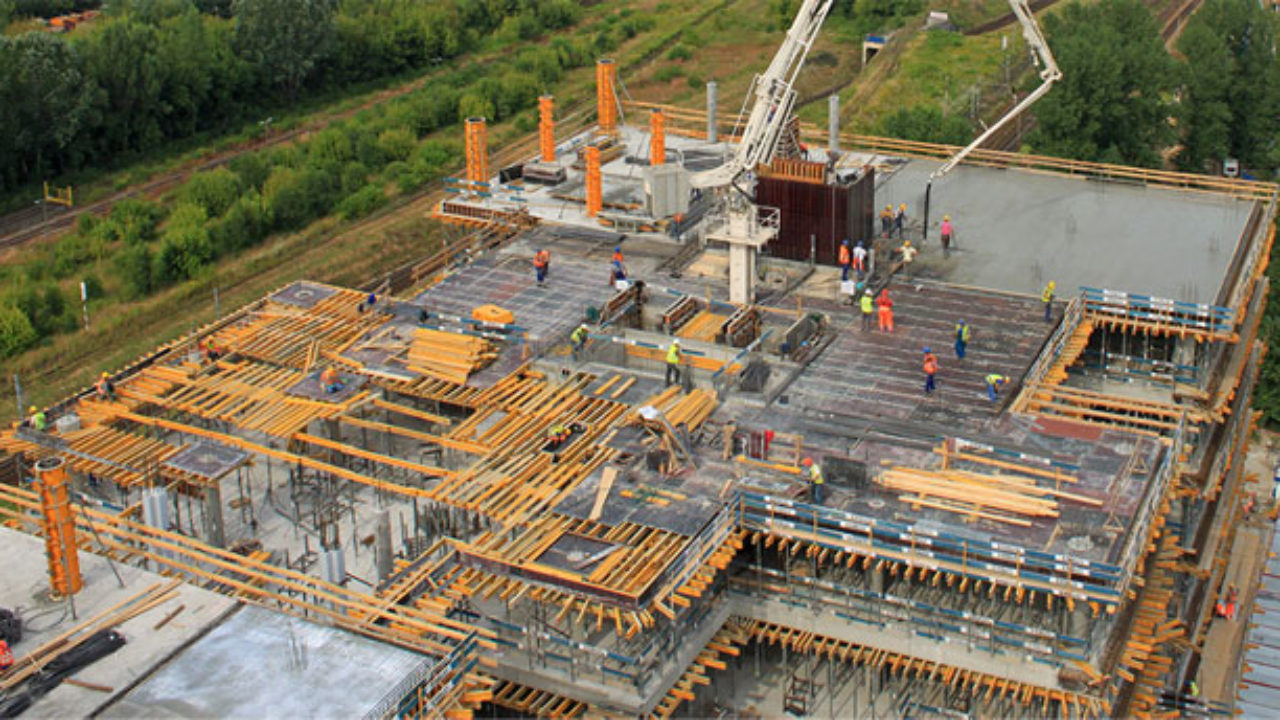



Suspended Slab And Beams Method Of Construction Constructupdate Com
Depends what work the slab needs to do within the wholebuilding structural system Every building is different and all the structural parts of every building need to be designed to work together, so this is definitely not something you should be542 Design for strength 17 55 Reinforcement for fire design 17 60 Design tables steelframed construction 19 61 Use of design tables 19 62 Interpretation of table solutions 63 Single span tables 21 64 Interior span tables 23 65 End span tables 28For design of slabsonground, with the exception of highway and airport pavements, parking lots, and mat foundations 122 ACI Committee 302develops recommendations for construction of slabonground and suspendedslab floors for industrial, commercial, and institutional buildings ACI 3021R provides guidelines and recommendations on




Slab Architectural Design Architecture




Details Of A Hollow Concrete Block Hourdis Type Two Way Slab System Download Scientific Diagram
The most common reinforcement associated with slabsongrade is welded wire fabric However, this is not the only means of reinforcing slabs In some cases deformed bars are used in order to assure that the reinforcement is placed at the correct depth within the slab and not damaged during placement An overview of twoway slab systems Twoway slabs are slabs that are supported on four sides In twoway slabs, the load will be carried in both directions, thus main reinforcement is provided in both directions for twoway slabs The slabs are considered as spanning twoway when the longer to shorter span length is less than a ratio of twoCONCRETE FLOOR AND SLAB CONSTRUCTION 3021R3 The design of slabsonground should conform to the recommendations of ACI 360R Refer to ACI 223 for procedures for the design and construction of shrinkagecompensating concrete slabsonground The design of suspended floors should conform to requirements of ACI 318 and ACI 4211R
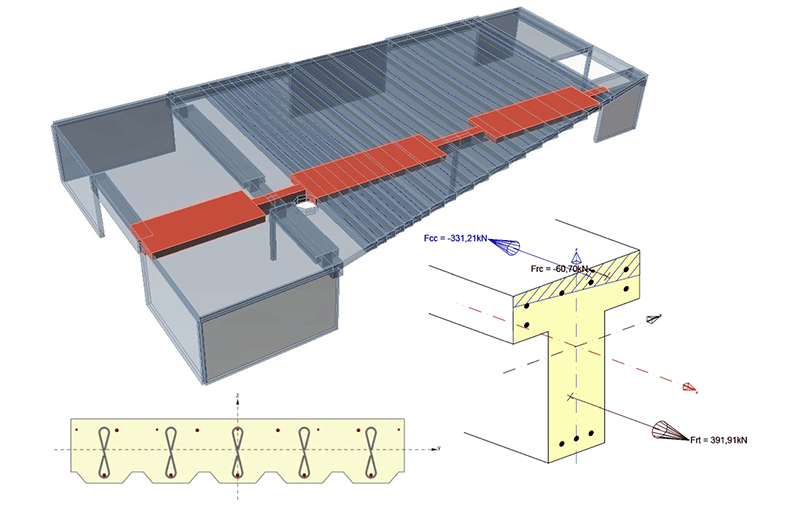



Concrete Idea Statica




What Is Two Way Slab Design Reinforcement Details Green House Construction Youtube
221 Design without transverse reinforcement according to EC2 9 222 Design with transverse reinforcement according to EC2 11 23 Shear in concrete slabs 12 231 One and twoway action 13 232 Failure in slabs due to shear 13 233 Design for punching shear according to EC2 14 3 LITERATURE REVIEW 15 31 Failure criteria 15 Opening in slabs for Punching Design Considerations If an opening is located within a column strip or closer than 10h from the concentrated load or reaction area the below figure R taken from ACI 318M14 shall be satisfiedCommon design parameters 002 116 Required bending coefficient, 451 Minimum flexural reinforcement ratio (NSCP Section ) 0 001 Slab Designation 2S12S2/3S13S2/RS1RS2 Check if oneway or twoway slab Short span 2S1/2S4 315 Short span 2S2/2S3 313 Long span 2S12S4 725 043 < 050 therefore, one way Minimum slab thickness




Reinforcement Detailing Of Reinforced Concrete Slabs The Constructor




One Way Slab Design Procedure With Example Design Of One Way Slab
The slab can then be designed by yield line theory This design procedure is justified by the results of load tests on largescale subassemblies of suspended slabs A partial application of this approach is the design of composite slabs on steel decking where tests to determine the local performance of fibrereinforced concrete, eg around2 for two way slab along the longer span shall be placed below 1 all reinforcement shall be 0019 clear minimum from top concrete slab and bottom of slab 010m (min) compacted 24 dia (030 min) 24 dia 1 all milld steel reinforcement shall conform to astmat for reinforcing bars 12 ;Http//googl/PNrWgf for more FREE video tutorials covering Concrete Structural DesignThe objectives of this video are to find out steel spacing required for




12 Slab Reinforcement T Indicates Top And B Bottom Reinforcement Download Scientific Diagram




Plan View Of Slabs With Opening Slab Src O With Conventional Download Scientific Diagram
There are different designs used for suspended reinforced concrete slabs All the designs ensure a high strength to weight ratio The designs used for the suspended slabs are * Corrugated Slab * Ribbed Slab * Waffle Slab Corrugated Slab A corrugated suspended reinforced concrete slab is made using a combination of steel and concretePrecast suspended slabs are constructed by pouring the slab in a formwork on the ground and then lifting the slab into its suspended position in the structure Formwork is installed on top of the struts and beams Reinforcement is assembled on top of the formwork Concrete isFor a suspended slab, there are a number of designs to improve the strengthtoweight ratio In all cases the top surface remains flat, and the underside is modulated Corrugated, usually where the concrete is poured into a corrugated steel tray This improves strength and prevents the slab
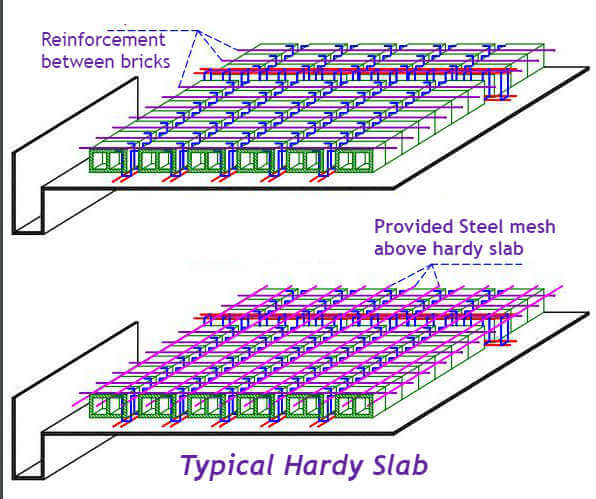



16 Different Types Of Slabs In Construction Where To Use




One Way Slab Reinforcement Details Structural Design Engineer Civil Engineering Reinforcement
What are the Design of various types of Slabs and their Reinforcement ?FOREWORD The Reinforced Concrete Design Manual SP17(11) is intended to provide guidance and assistance to professionals engaged in the design of castinplace reinforced concrete structures The first Reinforced Concrete Design Manual (formerly titled ACI Design Handbook) was developed in accordance with the design provisions of 1963 ACI 318 Building Code by ACI Committee 340, DesignPart 1 Twoway Slabs This article is the first in a series on recommended reinforcement details for castinplace concrete construction Twoway slabs are generally defined as suspended slabs where the ratio of the long to the short side of a slab panel is 2 or less In twoway construction, load transfer is by bending in two directions
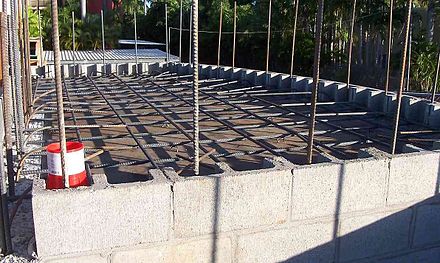



Concrete Slab Wikiwand
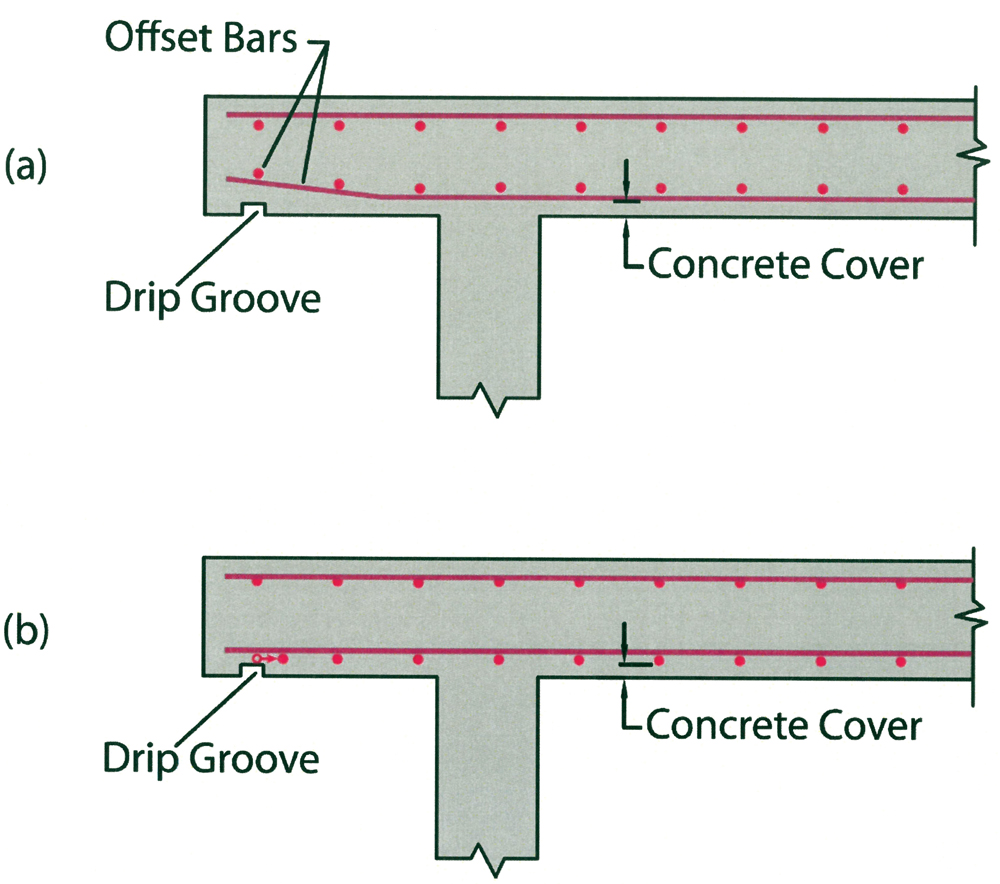



Structure Magazine Recommended Details For Reinforced Concrete Construction
The top section of the joist is embedded in the concrete slab and has 4 functions; Reinforced concrete slab & Suspended slabs construction A concrete slab is a very important structural element of your house and provides a flat, usable service to build on A suspended slab is a slab that has at least two of its opposite edges supported by walls, beams or columns and are not in direct contact with the ground Suspended Slabs are typically buildup in two ways 1 Precast concrete Unlike onsite concrete pouring, a leading manufacturing approach is used to produce highquality precast concrete in a restrained factory environment The reinforcement is placed in reusable and adjustable molds, and the concrete is poured, vibrated and cured




Two Way Suspended Slab Detail Cad Files Dwg Files Plans And Details




Reinforcement Detailing Of Reinforced Concrete Slabs Reinforced Concrete Concrete Slab Concrete Column
Detail 21 shows a suspended slab with no beam This slab design can only work for a slab clear span of 14 feet which is only good for one car garage, 2 cars if parked behind the other, not side by side To form this type of slab requires temporary beams, columns, and plywood as floor supports for the concreteOne Way Slab Bar Bending Schedule Calculation Step 1 FIrst, find number of rods required for main reinforcement and distribution Number of Required Bars Formula = (Length of slab / spacing) 1 Number of Main Bars = Ly / spacing 1 = (4000/150) 1 = 27 nos Number of Distribution Bars = Lx / spacing 1 = 3000/150 1 = 21 nosThus, reinforcement interrupted by the opening must be replaced on each side of the opening Figure 1 illustrates the provisions of 1342 for slabs with l2 >l1 In addition to flexural requirements, the reduction in the slab shear strength must also




Concrete Slab Wikiwand
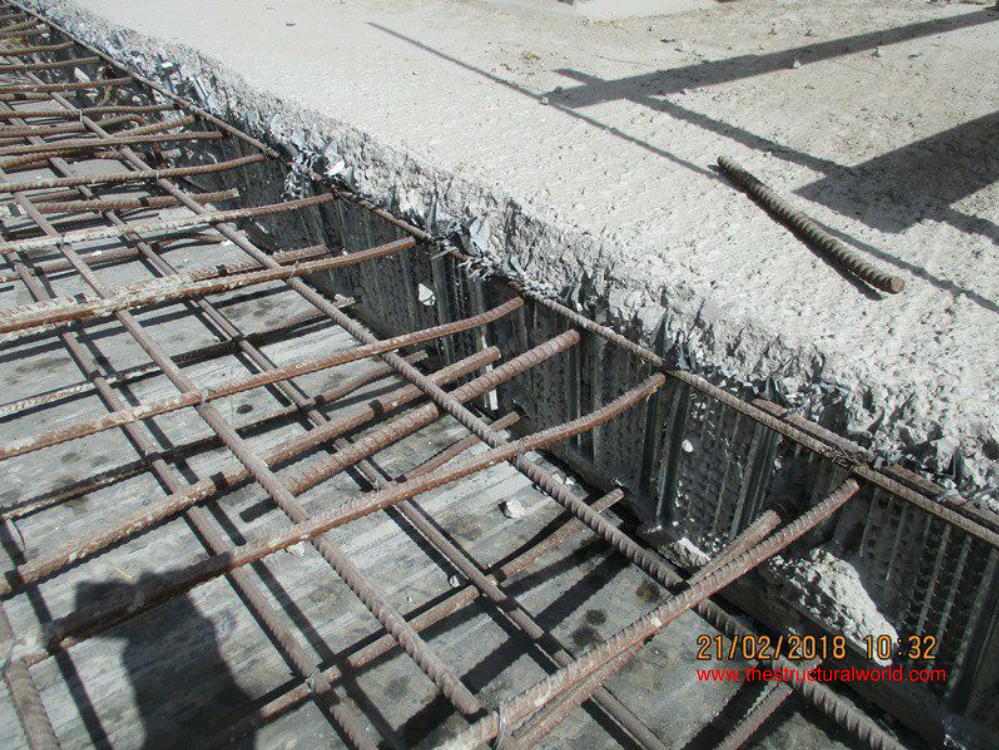



Construction Joint In Slabs The Structural World
DESIGN METHODOLOGY The Insudek suspended slab consists of the following components Lipped channels 150/225/300mm wide x 60mm high with Prefixed reinforcement spanning between RC beams, structural steel beams and/or load bearing brickwork are spaced at 650/725/800 c/c – limiting steel fixing on site The slab is designed as simply supported or continuous ribs between Structural Design of Ribbed Slabs Ribbed slab is a type of reinforced concrete slabs in which some of the volume of concrete in the tension zone is removed and replaced with hollow blocks or left as voids This reduction in the volume of concrete in the tension zone (below the neutral axis) is based on the assumption that the tensile strengthA rectangular reinforced concrete slab is simplysupported on two masonry walls 250 mm thick and 375 m apart The slab has to carry a distributed permanent action of 10 kN/m2 (excluding slab selfweight) and a variable action of 30 kN/m2 The materials to be used are grade C25 concrete and grade 500 reinforcement The slab is outside buildings which



Frequently Asked Questions At First Floor Slabs



What Are The Spacing Of Reinforcement Bar In A Suspended Slab 6mx4m Quora




Scielo Brasil Punching Of Reinforced Concrete Flat Slabs With Holes And Shear Reinforcement Punching Of Reinforced Concrete Flat Slabs With Holes And Shear Reinforcement




Fibers Free Full Text Performance Of Reinforced Concrete Slab With Opening Strengthened Using Cfrp




Ground Slab Steel Reinforcement Detail Site Process Concrete Spacer Suspended Ground Slab Works Youtube
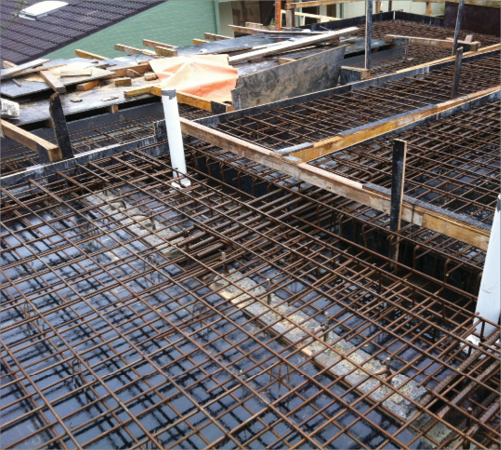



Concrete Slab Floors Yourhome




Cantilever Veranda Slab With Parapet Wall Detail Concrete Column Reinforced Concrete Concrete




Floor Slab An Overview Sciencedirect Topics




Rcd One Way Slab Design Design Of A One Way Rc Slab Youtube




Concrete Slab Wikiwand




Suspended Ground Floor Slab Reinforcement Avi Youtube




First Floor Slabs Concrete Slab Contractors Near Me




Scielo Brasil Punching Of Reinforced Concrete Flat Slabs With Holes And Shear Reinforcement Punching Of Reinforced Concrete Flat Slabs With Holes And Shear Reinforcement




One Way Slab Design Procedure With Example Design Of One Way Slab




Reinforcement Layout Of Slabs A Plan View Of S1 And S2 B Section Download Scientific Diagram
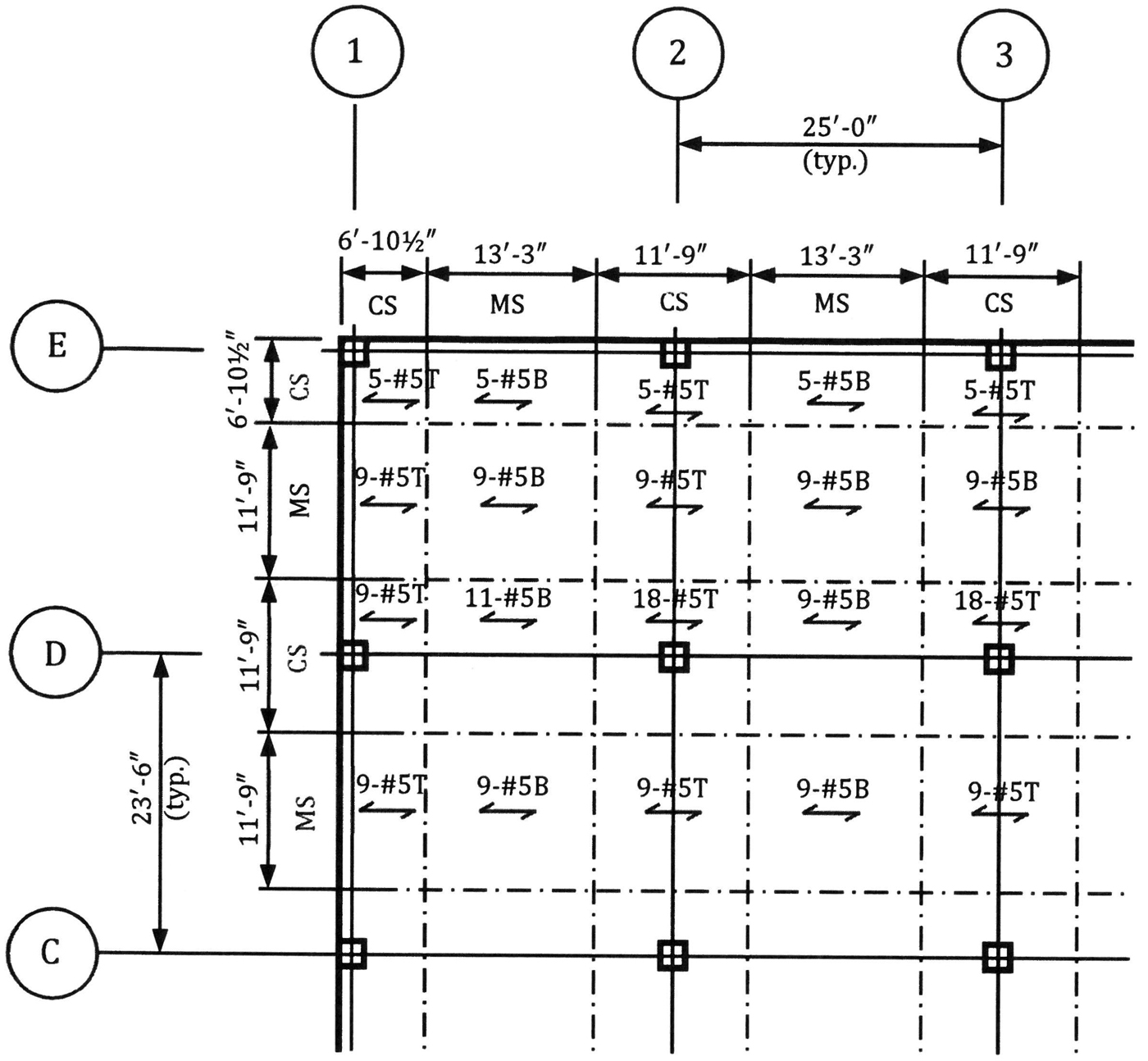



Structure Magazine Recommended Details For Reinforced Concrete Construction




Rules For The Detailing Of Slab Rebars Www Buildinghow Com
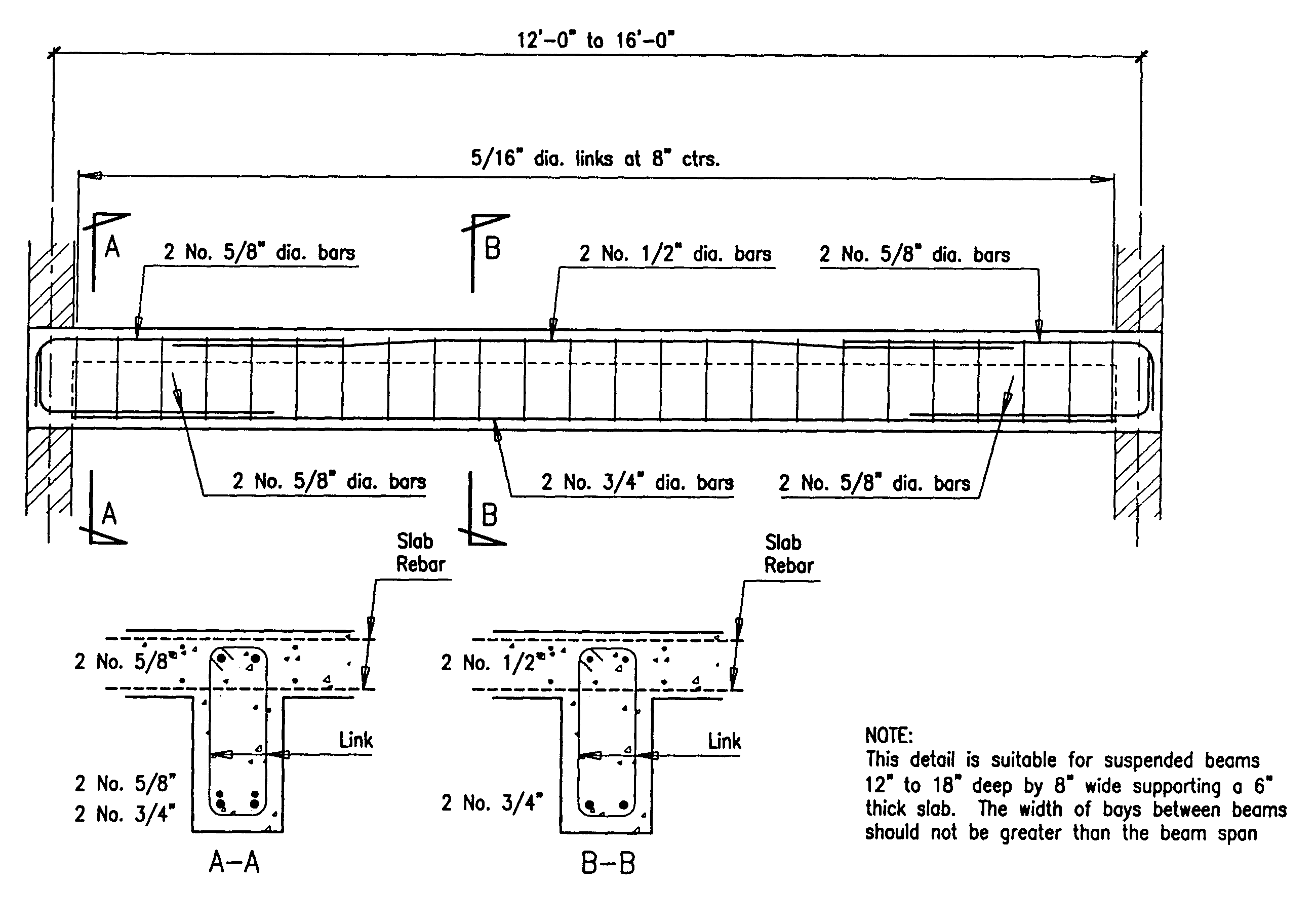



Building Guidelines Drawings Section B Concrete Construction
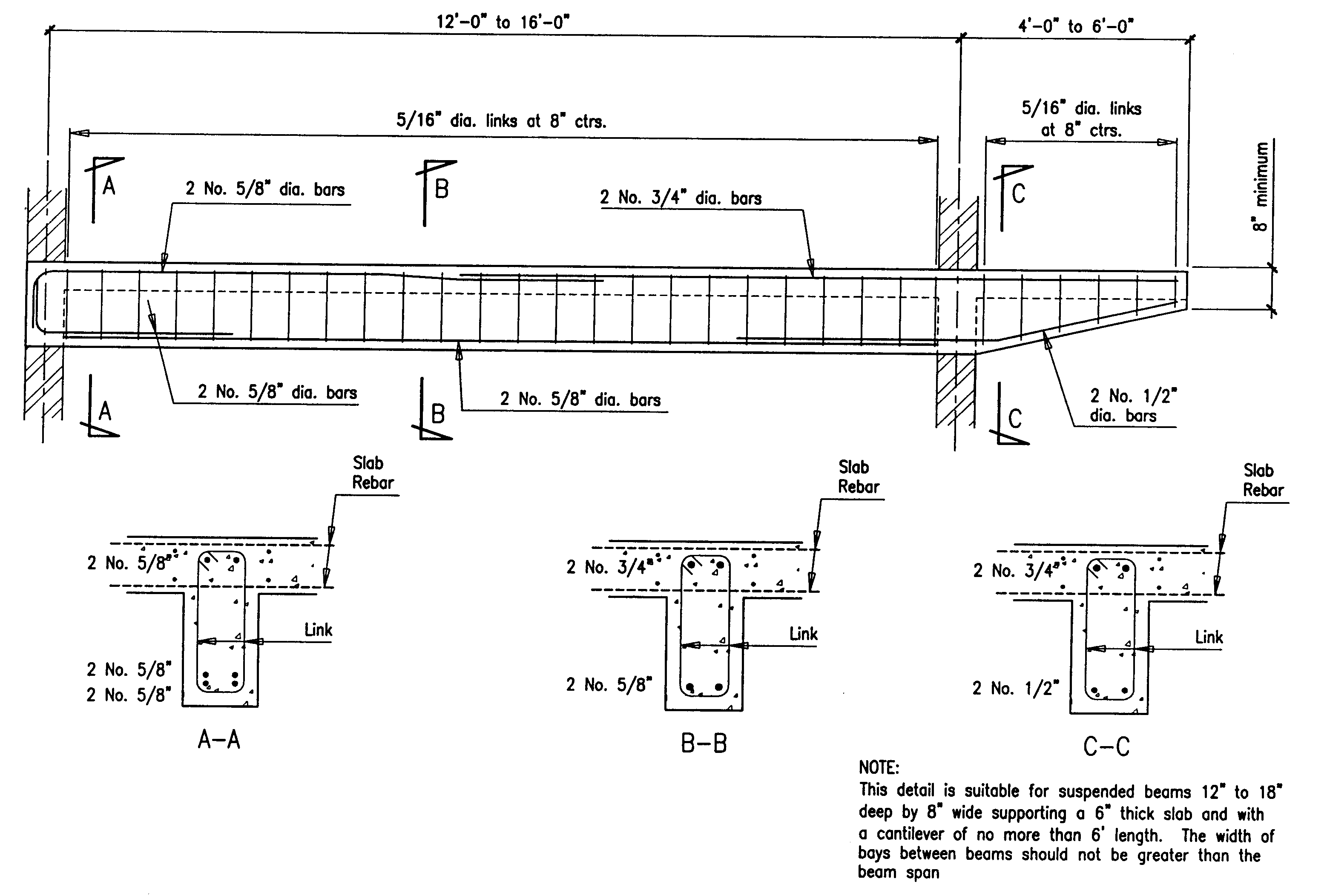



Building Guidelines Drawings Section B Concrete Construction




Typical Slab Reinforcement Structure Design Detail Autocad Dwg Plan N Design
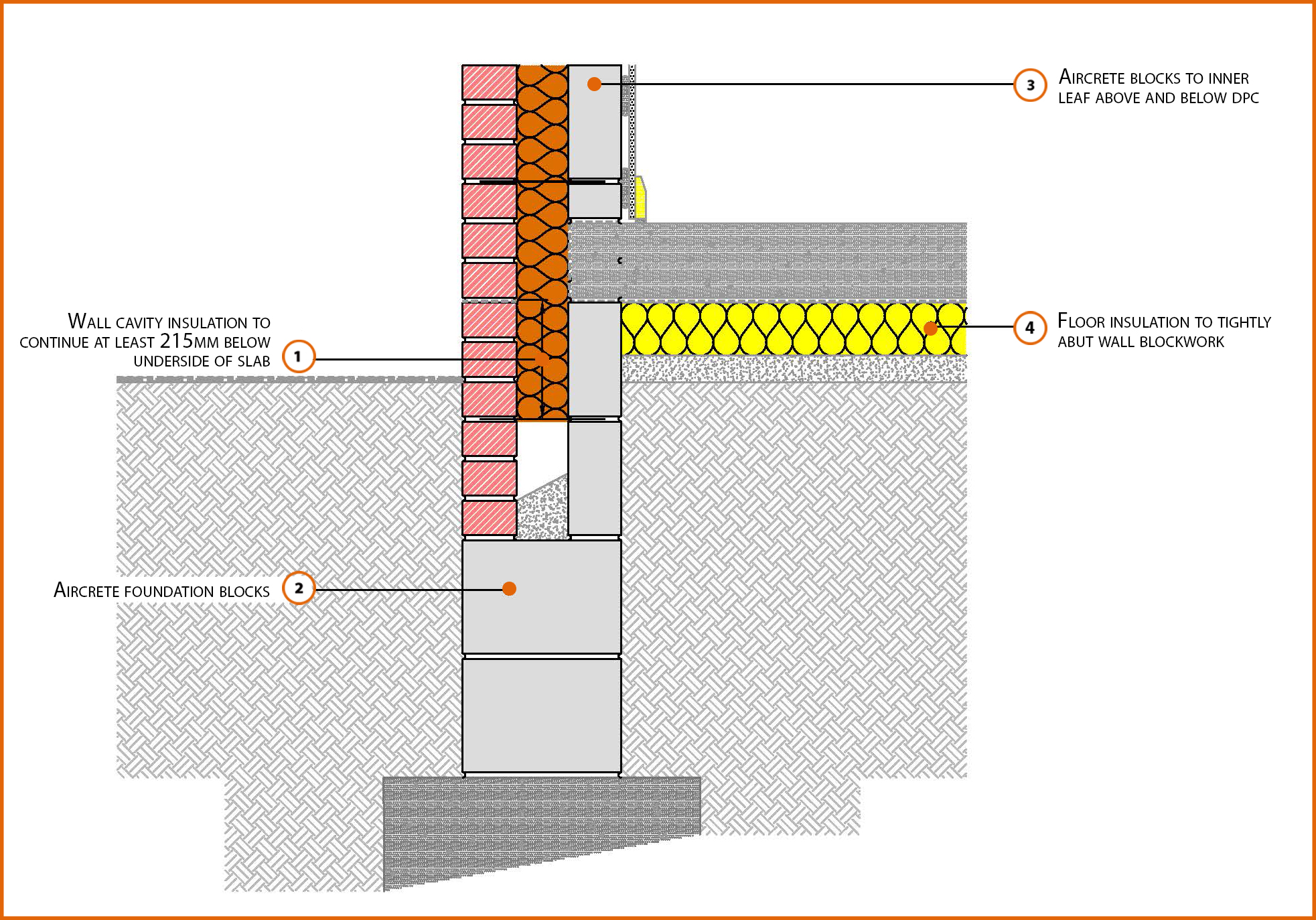



E5mcff30 Suspended In Situ Concrete Floor Insulation Below Slab Labc
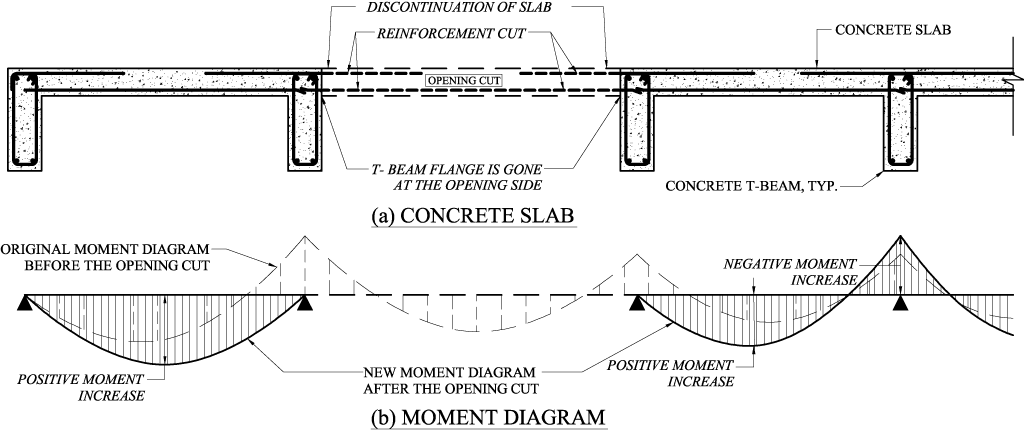



Structure Magazine Creating An Opening In Existing Floors
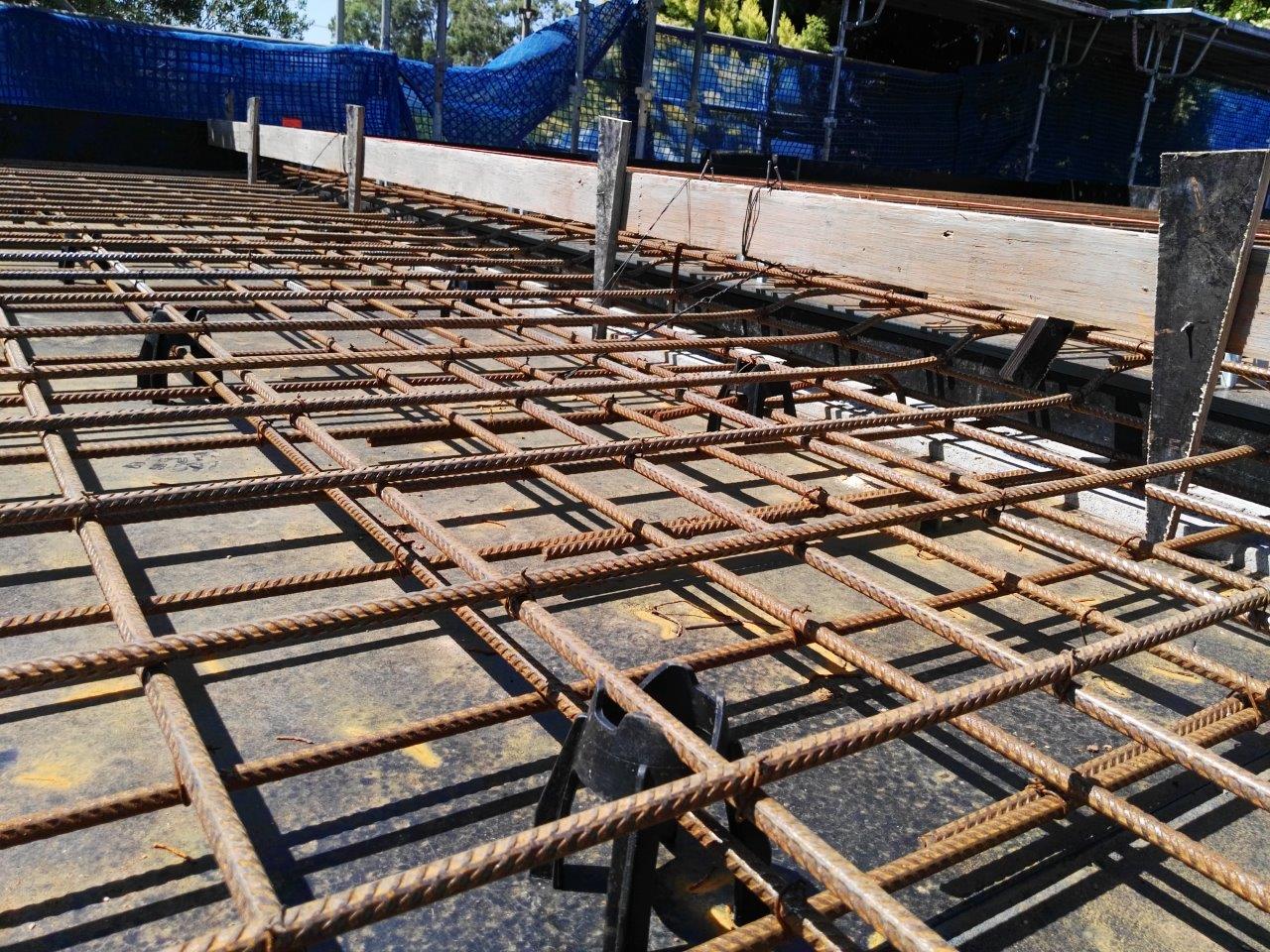



5 Things To Look For When Inspecting A Suspended Concrete Slab



How Can One Provide A Bent Bar In Slab Reinforcement Quora
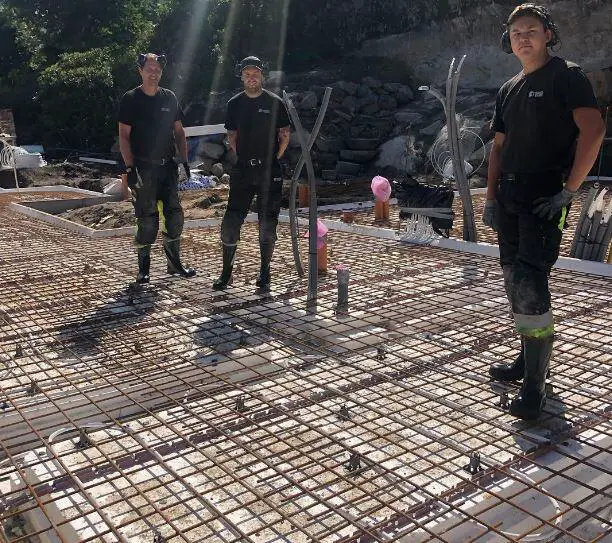



Design Of Reinforced Concrete R C Slabs Structville




Reinforced Concrete Slab Design And Detailing Guide Is456 00 The Constructor
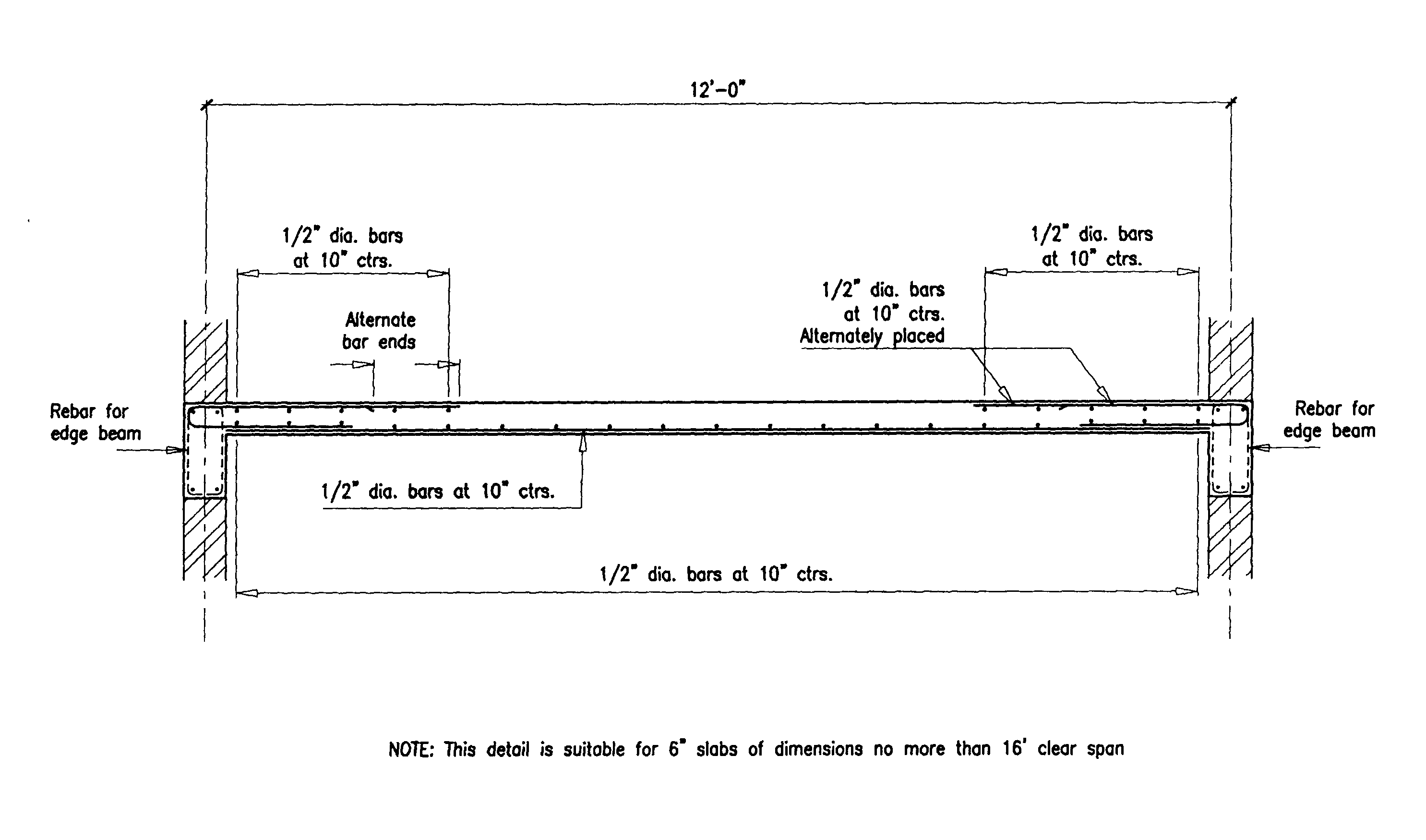



Building Guidelines Drawings Section B Concrete Construction




Concrete Cover




Additional Reinforcement Detailing A Typical Slab Section B Top Download Scientific Diagram




How Thin Is Too Thin Evaluating Slab Thickness In Reinforced Concrete Flat Plate Construction Construction Specifier




Continuous Spanning Slab Design Example To Eurocode 2



Structure Suspended Slab Home Building In Vancouver




3 586 Slab Reinforcement Photos Free Royalty Free Stock Photos From Dreamstime




Pdf Finite Element Analysis And Design Of Suspended Steel Fibre Reinforced Concrete Slabs Semantic Scholar




Pin On Concrete Stairs



Experimental Behavior Of A Masonry Wall Supported On A Rc Two Way Slab



Www Mdpi Com 79 6439 8 4 25 Pdf



Easyslab Insulated Suspended Slab System




Two Way Slab Reinforcement In Detail Youtube



Hidden Beam Concept Rcc Concealed Beam Hidden Beams In Slabs
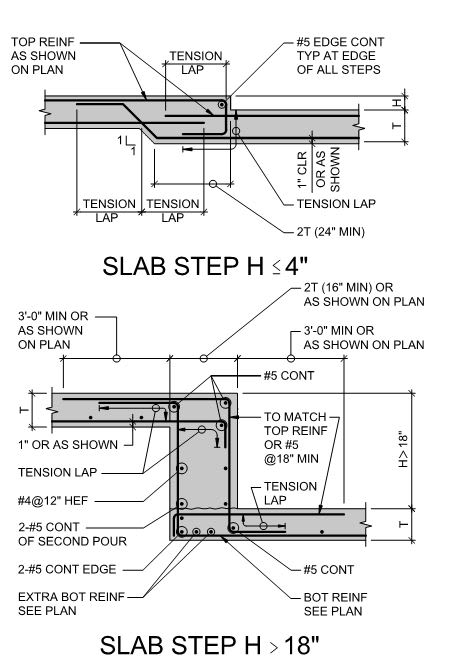



Sunken Slab Detailing Structural Engineering General Discussion Eng Tips




5 Things To Look For When Inspecting A Suspended Concrete Slab



Suspended Slab




Industry News




Reinforced Concrete Slab Design Guidelines The Constructor
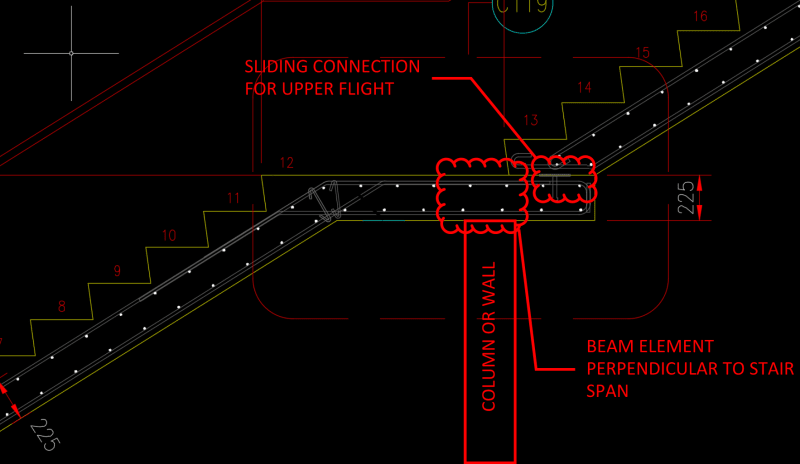



Design Of Reinforced Suspended Stairs Aci 318m 14 Asce7 10 Structural Engineering General Discussion Eng Tips



Two Way
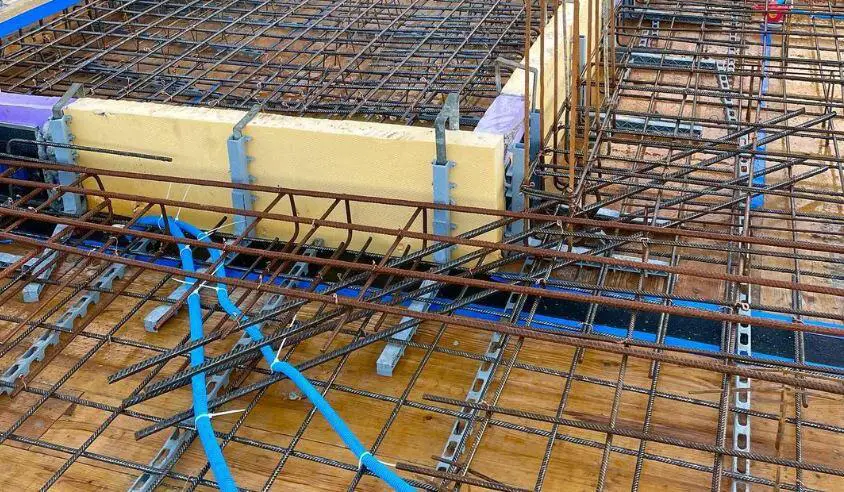



Detailing Of Reinforced Concrete Slabs Structville



Reinforced Concrete Beam Design Types Of Concrete Beams And Slabs
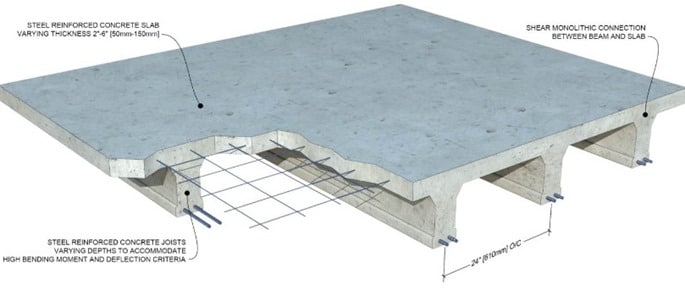



Causes Of Excessive Deflections In Reinforced Concrete Slabs




Design Of Reinforced Concrete Slabs Video 1 Youtube




5 Things To Look For When Inspecting A Suspended Concrete Slab
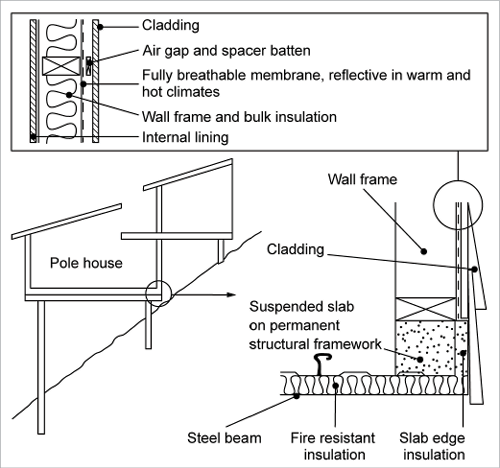



Concrete Slab Floors Yourhome



1




Structure Magazine Recommended Details For Reinforced Concrete Construction



Www Vsvu Sk Workspace Media Documents Reinforced Concrete Slabs 59ccc9a5d48c6 Pdf




Reinforced Concrete Slab Detail In Autocad Cad 1002 27 Kb Bibliocad




Concrete Idea Statica
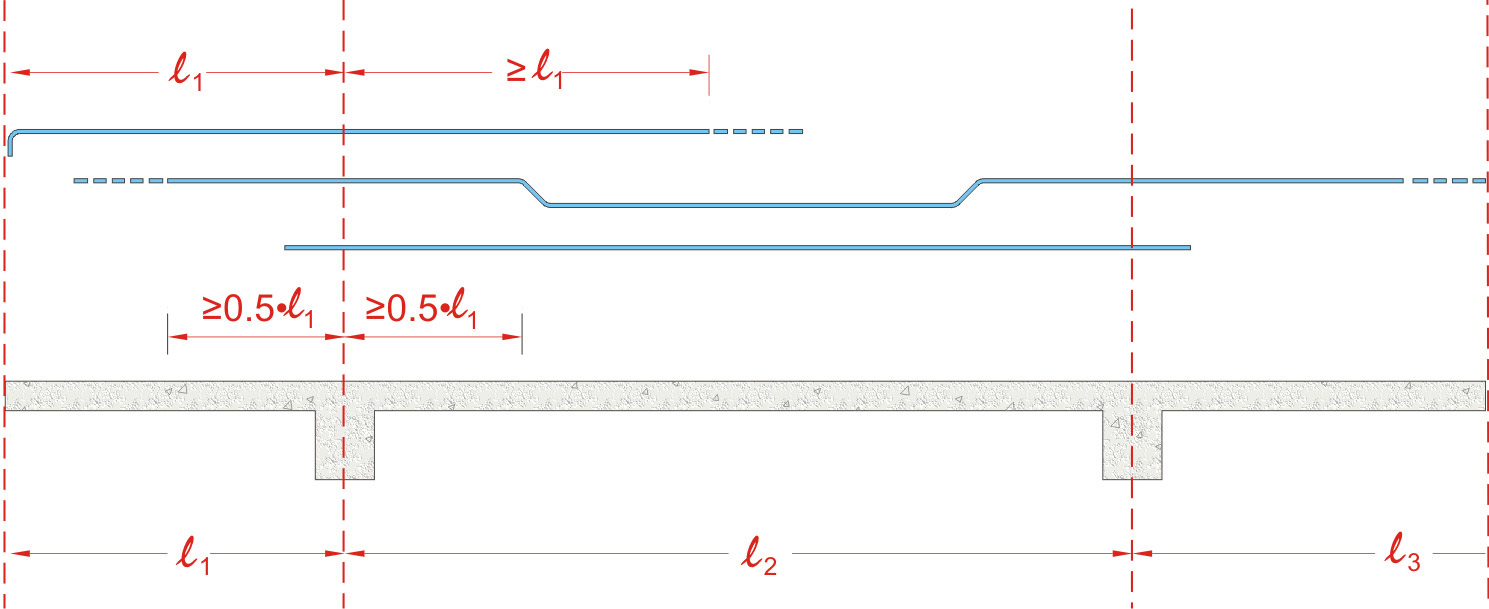



Rules For The Detailing Of Slab Rebars Www Buildinghow Com




Design Procedure For Solid Slab Bridge
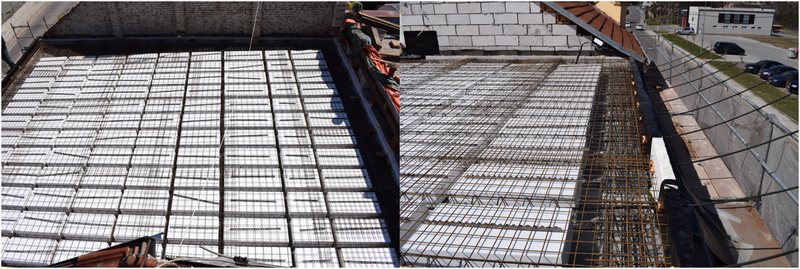



Concrete Idea Statica
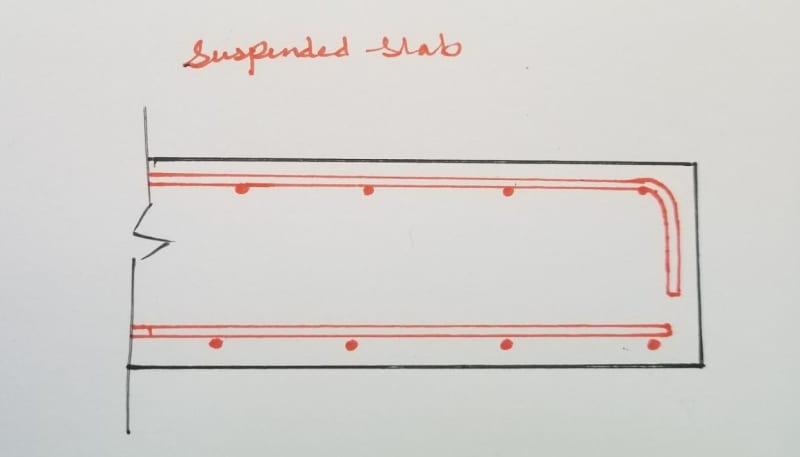



Suspended Slab Reinforcement Detail Structural Engineering General Discussion Eng Tips




Reinforcement Details Of Concrete Slabs Download Scientific Diagram



What Are The Spacing Of Reinforcement Bar In A Suspended Slab 6mx4m Quora




Engineering Design Consultancy Perth Civil And Structural Services Western Australia Suspended Slab Pre Pour Reinforcement Inspection




One Way Slab Reinforcement Details Daily Civil Engineering




Reinforcement Detailing Of Concrete Slab Openings Cutouts The Constructor




Two Way Suspended Slab Detail Cad Files Dwg Files Plans And Details
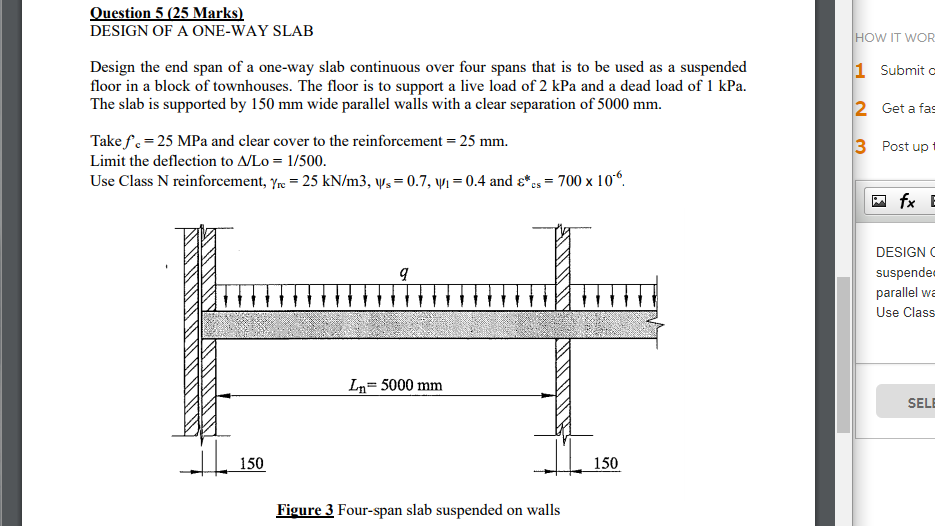



Design Of A One Way Slab Question 5 25 Marks Design Chegg Com
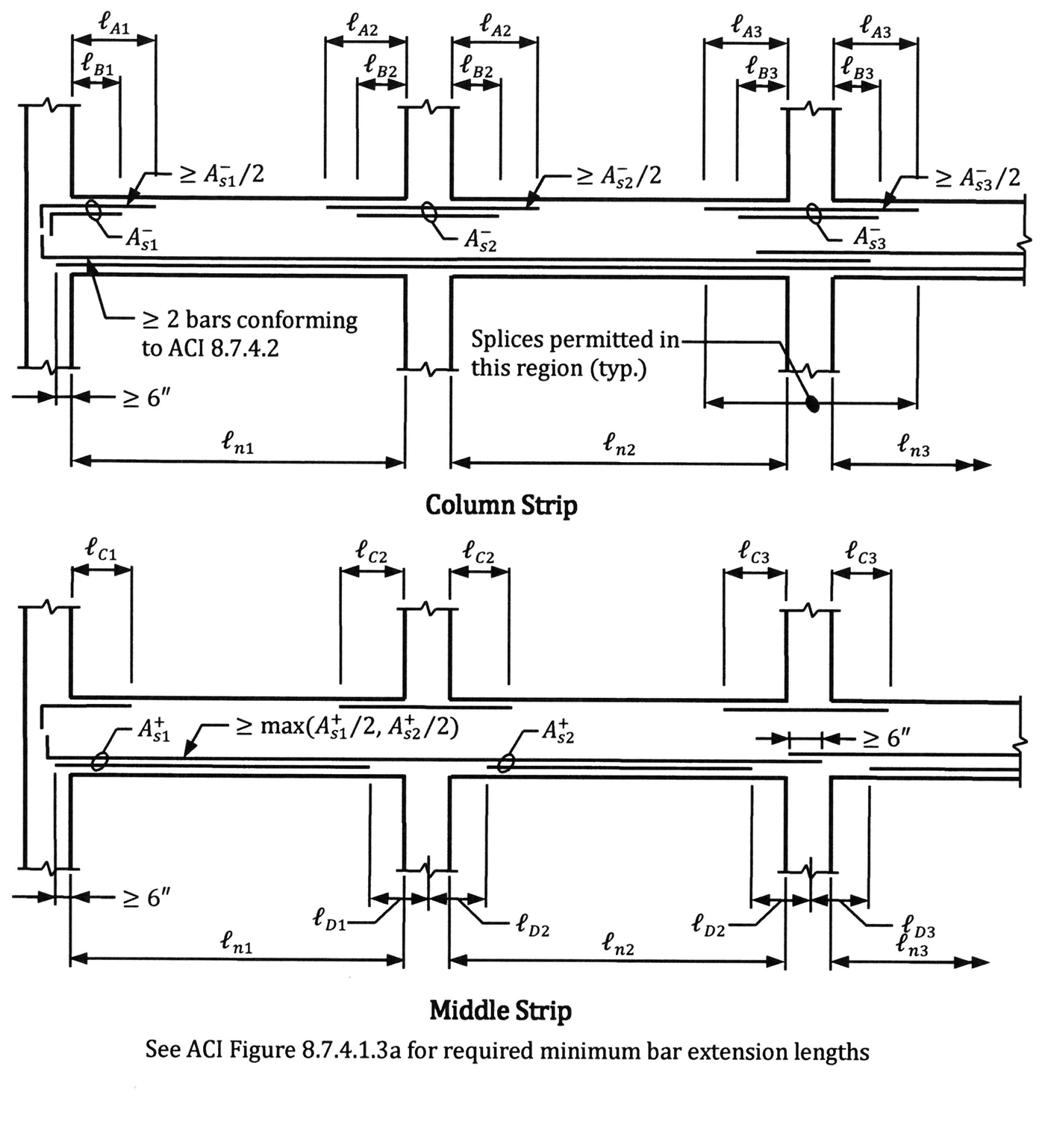



Structure Magazine Recommended Details For Reinforced Concrete Construction




Reinforcement Layout Of Slabs A Plan View Of S1 And S2 B Section Download Scientific Diagram



Concrete Slab Reinforcement One Way Slab Design




What Is Slab Beam Hidden Beam Concealed Beam Advantage And Disadvantage
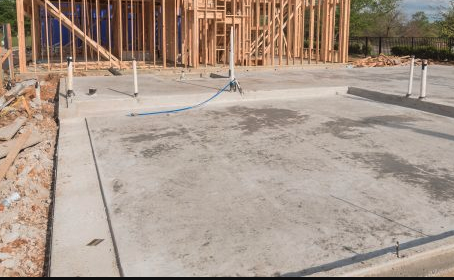



Concrete Slab Abis




Minimum Reinforcement In Slabs And Beams Online Civilforum
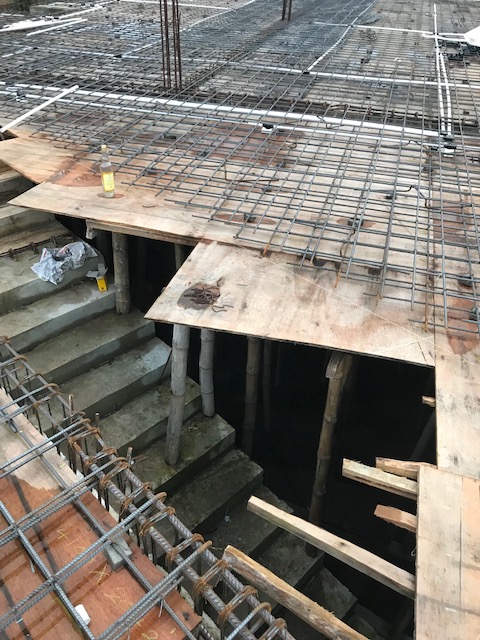



Cantilever Slab Design Calculation Procedure Structural Guide



Typical Slab Reinforcement Structure Design Detail Autocad Dwg Plan N Design




What Is Slab Construction Types Of Slab Design What Is Floor Slab Types Of Floor Slab Concrete Slabs Thickness Prefabricated Concrete Slabs




Notes Engineering Reinforced Concrete Slab Design




What Is A Raft Slab Why The Best Structural Engineers Prefer Raft Slabs
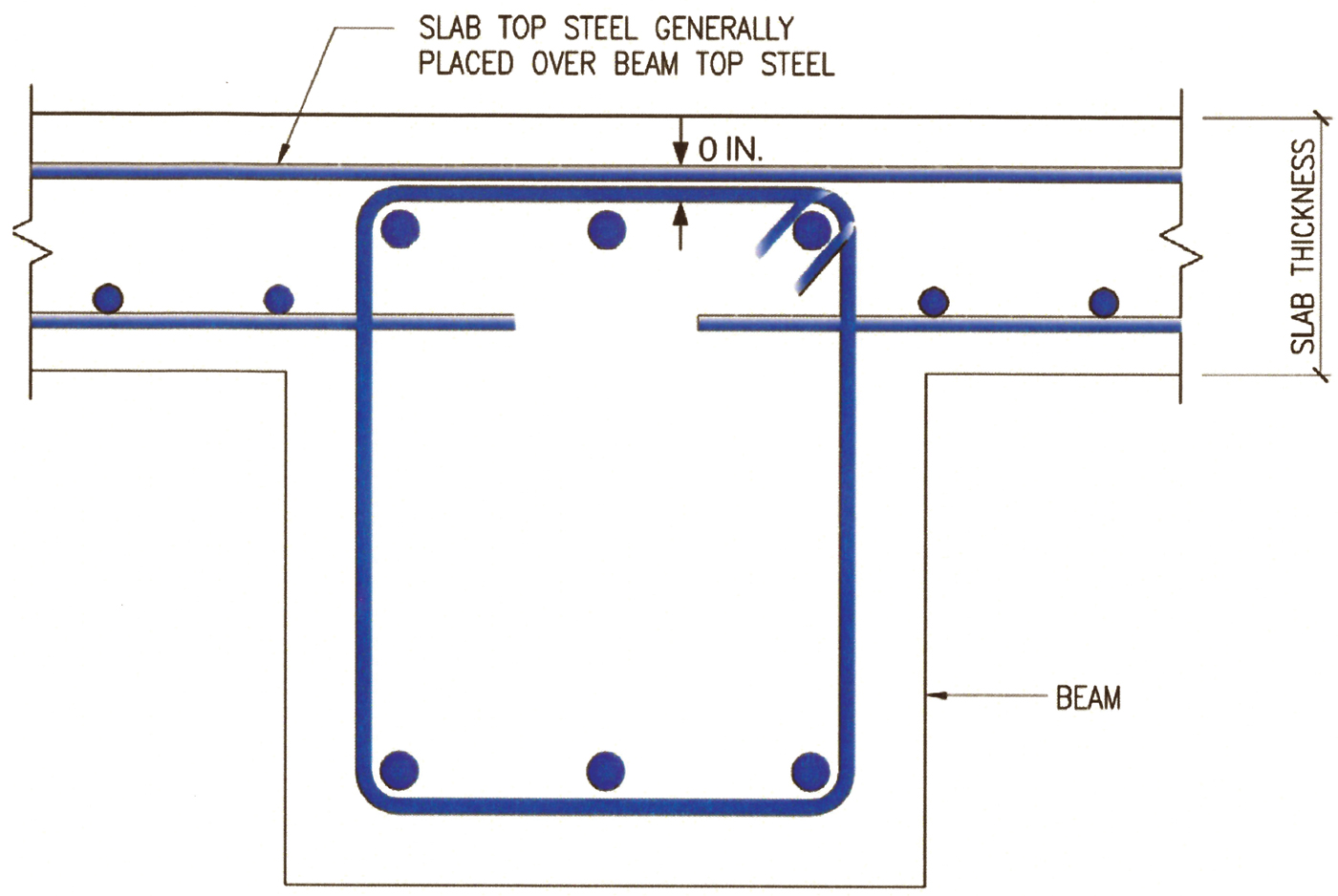



Structure Magazine Recommended Details For Reinforced Concrete Construction




Figure B 10 Figure B 10 Alternative Floor Slab Detail The Suspended Reinforced Concrete Garage Workshop Plans Concrete Structural Drawing


